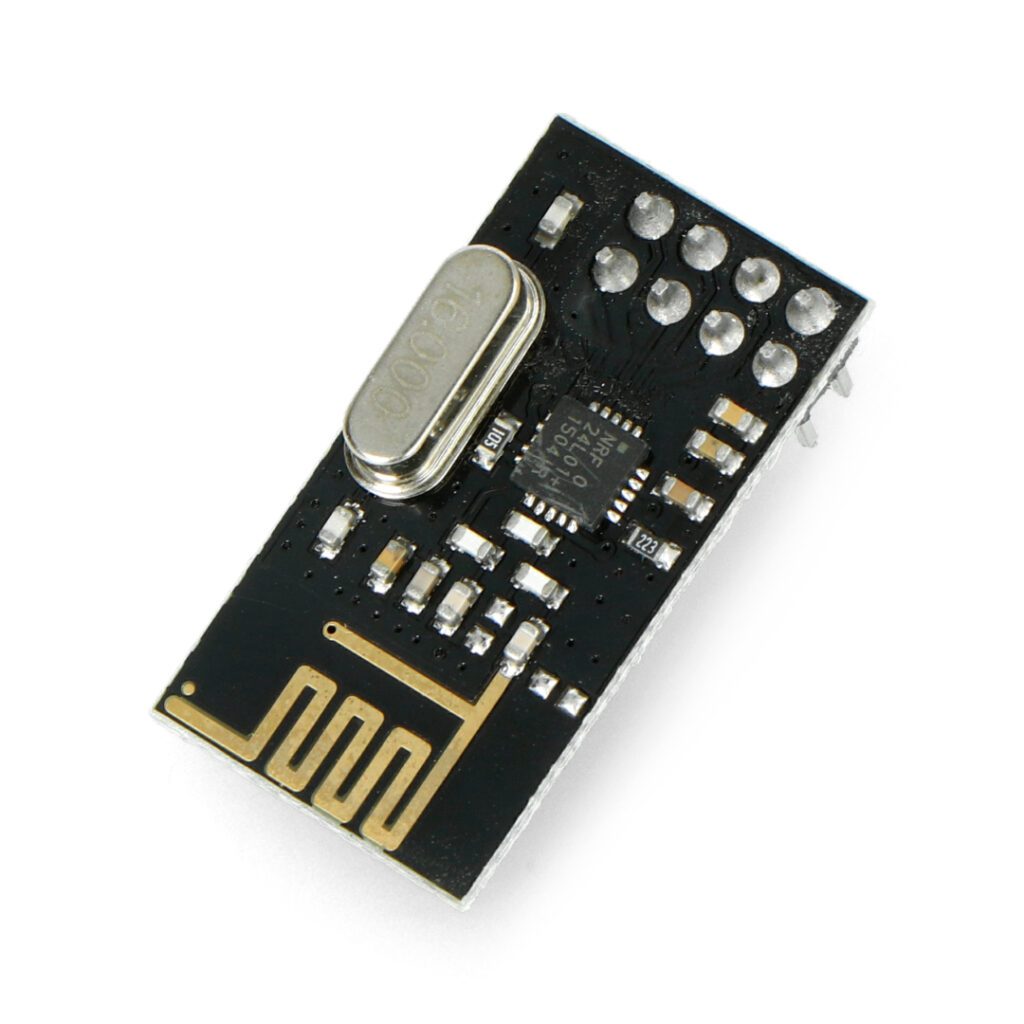Spis treści:
Transceiver, or two-in-one. In the context of telecommunications, a transceiver allows both sending and receiving radio or light signals in communication networks. These widely used devices in radio communication, television, wireless communication or amateur radio thus combine the functions of a transmitter (transmitter, hence the particle trans-) and receiver (from receiver). This can include voice signals, images and other types of data. Without transceivers, there would be no today’s cell phones, radars, wireless routers and modems.
How the transceiver works
In transceiver radio, when the transmitter transmits signals, the receiver is muted. An electronic switch allows the transmitter and receiver to be connected to a similar antenna, so that the transmitter can be protected from damage to the receiver. In a transmitter-receiver, it is not possible to receive signals while transmitting, which is known as half-duplex (semiduplex).
Some transceivers are designed primarily to allow signals to be received during the transmission stages, which are known as full duplex. The transmitter and receiver operate on different frequencies, so the transmitter signal does not interfere with the receiver signal. This type of operation is used in cordless and cell phones. Satellite communications networks often use full-duplex transmitter-receivers at subscriber points on the surface.
The transceiver to the satellite or transmitted signal is known as the uplink, while the satellite to the transceiver or received signal is known as the downlink.
Types of transceivers
Let’s divide them by functionality.
- Radio transceivers used in radio communications, such as CB radios, shortwave radios (HAM) and radios familiar to drivers.
- Network transceivers for data transmission in computer networks. With the increasing popularity of fiber optics in recent years in Ethernet networks, transceivers convert electrical signals into light (optical) signals for data transmission.
- Optical transceivers ( fiber-optics, fiberoptics) are, so to speak, an extension of the theme from above – they transmit optical signals over fiber optics for long-distance communication in telecommunications networks.
- Bluetooth transceivers for short-range wireless communication reign supreme in mobile devices such as headphones, keyboards and mice.
- WiFi transceivers, like BT in wireless networks, used to transmit data within the range of local computer networks.
- GSM, 3G, 4G, 5G transceivers in mobile networks of different generations.
- Satellite transceivers, where two-way communication is key to transmitting scientific data, Earth observation or, already closer to us, satellite navigation.
- Transceivers for sensors… that is, the most interesting at the end. This is the type we will most often encounter in a smart home for operating doors, windows or smart outlets. Sensor transceivers are capable of interfacing with various types of sensors, such as temperature, humidity, pressure, motion, smoke, gas, light, vibration or sound sensors. They can be specifically designed to handle a particular type of sensor. They are used by alarm systems, industrial monitoring systems, industrial and home automation, science, medicine and the environment.
Transceivers in the network
Transceiver is not a separate network device, but is integrated into the network card as part of the network interface. We already know that it is a combination of transmitter and receiver of signals such as analog or digital. Basically, a transmitter-receiver in a LAN is responsible for placing signals in the network media to detect incoming signals as they travel over a similar cable. They are used in network cards and can be external devices. As for the networks, they are available in modular or chip versions.
Modular-type transceivers are connected externally to the network. They work on a par with other computer devices or separate devices. Transceiver chips are small devices and are either on a board or connected directly via wires on a circuit board. However, some types of networks require an external transceiver. In wireless communication devices such as smartphones and cordless phones, the transmitter-receiver is built into the mobile device.
Transceivers in amateur radio
As early as 1957, when the Soviet Union launched the first artificial satellite, Sputnik 1, radio amateurs around the world used their transceivers to track the satellite’s signals. This helped determine its orbit and estimate its position, which was crucial to understanding humanity’s space capabilities at the time. Radio amateurs often serve as communication points during natural disasters such as earthquakes and hurricanes. Using portable transceivers, they are able to maintain communications in critical situations when other, traditional communication systems are damaged. They even have their own Nobel laureate – radio amateur Joe Taylor, along with scientist Russell Huls, received the 1993 Nobel Prize in physics for the discovery of pulsars in a binary system. His work was based on analyzing radio signals just by using transceivers. Over time, another type of transceiver, although thematically close, namely satellite transceivers, have been optimized for data transmission over very long distances due to the characteristics of data transmission through the vacuum of space requiring a strong and stable signal.
How useful was this post?
Click on a star to rate it!
Average rating 0 / 5. Vote count: 0
No votes so far! Be the first to rate this post.







